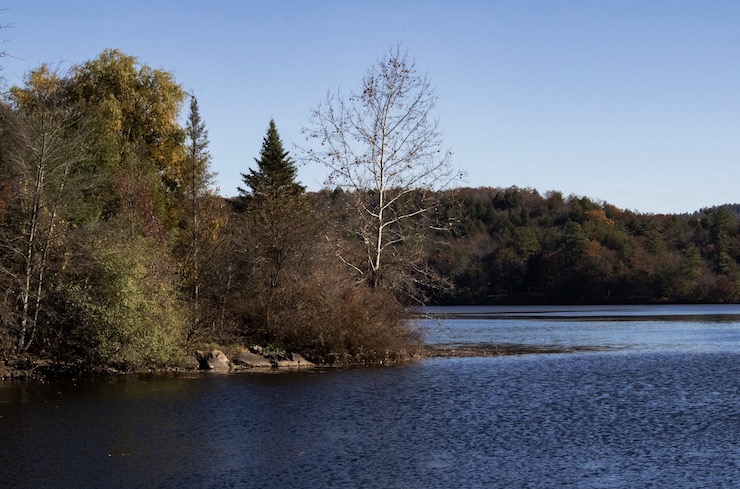
Which region of the United States is considered least “friendly” to drones? It may come as a surprise, but the winner, by far, is New England. Rhode Island, in fact, ranks at the very bottom of the list of states deemed “ready” to embrace the drone industry, according to a 2022 scorecard compiled by the Fairfax,VA-based Mercatus Center. Connecticut and New Hampshire come in at #33 and #35, also way down the list.
One reason, perhaps, is population density. With less geographic space free of inhabitants, drones can’t fly as freely as they do in states like North Dakota, Minnesota or Oklahoma, with their wide open prairies and relatively low population densities. All three of those states are among the most drone friendly in the nation. Their state governments have actively encouraged the growth of the drone industry with subsidies and contracts and regulatory initiatives to remove legal and regulatory barriers to commercial and recreational drone flying. And they are all home to major drone flight test facilities and even business parks that center on drone design and manufacturing. By contrast, no such encouragement is found in New England, except for Massachusetts, which still ranks just #22 on the Mercatus list, far behind the leaders.
High population density is therefore one important factor. But it’s probably not the only one. New Jersey, after all, is the most densely populated state in the nation – yet the drone industry is flourishing there. The same is true of Maryland, which has the 5th highest state density but its UAV industry ranks near the top 10 in terms of drone-friendliness.
Another factor could be New England’s culture, especially its quiet small town ethos and celebration of individual freedom. Drones strike many in this region as noisy and intrusive and as a potential threat to communities where people know their neighbors and residents shop at local stores, often within walking distance of their homes. What possible need would New Englanders have for the newfangled remote aerial package deliveries of food and store items offered by drones from Amazon or Walmart, for example?
Walmart is everywhere in America, of course, but not everywhere equally. Vermont, in fact, has the least number of Walmart stores of any US state – just 6. Rhode Island has the second fewest, with just 9. You get the picture. New England – by geography and temperament – is not really “drone country” – not yet, at least.
Then there’s politics, too. Liberal mid-Atlantic states – Deep Blue states like Marylanjd and New Jersey seem to favor drones more consistently than conservative-leaning ones. This might explain why Massachsueets and Vermont, despite their high population densities favor drones more than their New England neighbors like Rhode Island, which is staunchly conservative, or New Hampshire which tends to tilt that way, too. Conservatives are especially concerned about private property rights as well as personal privacy rights. Drones can be perceived – rightly or wrongly – as infringing on those rights which can make small town conservatives in any region especially suspicious of them.
Is there any hope for New England? In fact, there is. Last year, Connecticut State Police and the state Department of transportation began deploying drones to assess traffic patterns and mitigate frequent and costly traffic jams. In New Hampshire, the Agricultural Experiment Station is turning to drones to monitor the state’s moose population which is vital to its tourism but faces decline due to disease and overpopulation. Drones are cheaper and more efficient than traditional aerial survey methods, especially gas turbine helicopters, which also leave a larger carbon footprint than battery-powered vehicles.
And tiny Rhode Island? Even the nation’s most recalcitrant drone hold-out is beginning to warm to UAVs, local observers say. These trends are likely to continue as more New Englanders come to appreciate the unique contributions drones can make to the health and well-being of their residents — animals and humans alike.
|